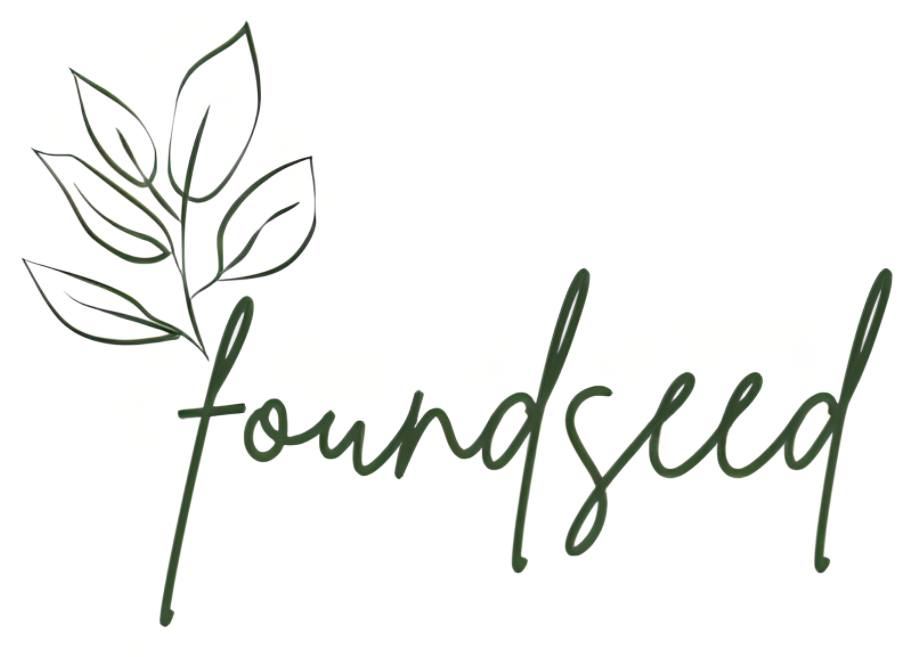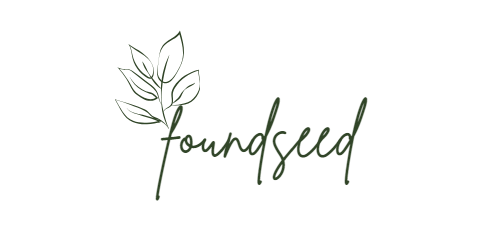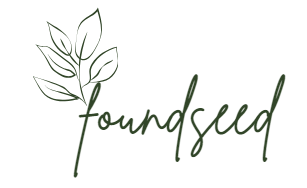Basic Information
🌼Origin: Europe
🌼Life cycle: Annual herb
🌼Flowering period: Spring to summer (usually March-August)
Plant Characteristics
🌼Various colors: Blue is the most classic color of cornflowers, but there are also pink and white varieties. Blue cornflowers are particularly precious and popular.
🌼Beautiful plant shape: Cornflowers are about 30-90 cm tall, with slender branches and narrow and soft leaves. They are suitable for planting on the edge of flower beds or matching with other flowers.
🌼Unique flower shape: The flowers are radial, the petals are delicate and layered, and they are of great ornamental value.
🌼Attracting beneficial insects: Cornflowers are rich in nectar and can attract beneficial insects such as bees and butterflies, which helps to balance the garden ecology.
![]()
Planting Method
1. Choose the right planting time
🌼Spring sowing: Early spring is the best time for sowing, and it can be sown directly in the garden soil.
🌼Autumn sowing: Cornflowers can be sown in late autumn, naturally overwinter in winter, and grow and bloom rapidly in spring.
2. Planting steps
🌼Location selection: Choose a place with sufficient sunshine. Cornflowers like sunshine and need to ensure at least 3 hours of sunshine every day.
🌼Soil requirements: Suitable for well-drained loam or sandy soil. The soil needs to be loose and slightly poor to grow well.
🌼Sowing depth: Bury the seeds shallowly in the soil, cover with about 1 cm of soil, and compact moderately.
3. Watering and fertilizing
🌼Watering: Keep the soil slightly moist after sowing, water 1-2 times a week during the growing season, and increase the frequency appropriately during high temperatures in summer, but avoid waterlogging.
🌼Fertilization: Cornflowers are very resistant to poor soil and do not require much fertilizer.
🌈The seeds will germinate in 3-5 days, and will start to bloom after 40 days, continuing through spring, summer and autumn.
![]()
FAQ
Q: What are the applications of cornflowers?
A: Flower bed planting, natural gardening, cut flower applications, dried flower production and attracting pollinating insects.
Q: Which regions are suitable for cornflowers?
A: Cornflowers are highly adaptable, heat-resistant and cold-resistant, suitable for most parts of Europe and America, especially temperate and subtropical regions.
Q: Is cornflower suitable for potted plants?
A: Cornflowers can be potted, but they need to be kept in sufficient light and well-drained to ensure that the flowers bloom.
Q: How to extend the flowering period of cornflowers?
A: Cornflowers have a long flowering period. Cutting off the remaining flowers after flowering can promote re-flowering and extend the viewing time.
Q: How to propagate cornflowers?
A: Cornflowers have a strong self-seeding ability and will produce a large number of seeds after flowering.
![]()
![]()
our guarantee
♻️Easy returns and exchanges within 14 days
Items may be returned or exchanged within 14 days of delivery date.
After-sales service
- Shipping - Global express shipping available
- Returns >> Fast refunds, 100% money back guarantee.
- If for any reason you are not completely satisfied, please return the product within 90 days.
- If you have any questions or suggestions, please feel free to contact us and we will provide you with friendly support within 24 hours.
![]()













































